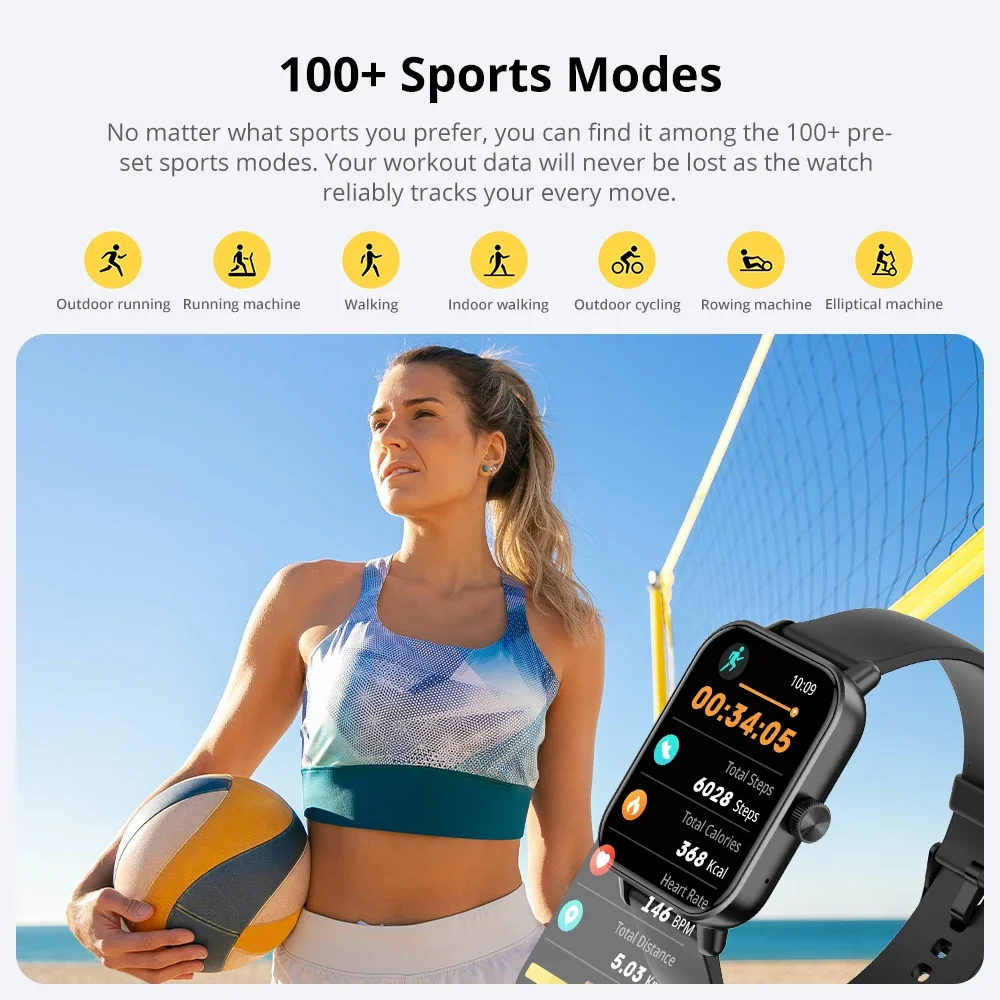

How Wearable Tech is Transforming Health and Fitness
The health and fitness industry has seen a revolutionary transformation with the integration of wearable technology. From tracking physical activity to monitoring vital signs, wearable tech empowers individuals to take control of their wellness in ways previously unimaginable. Whether you’re a seasoned athlete or someone taking the first steps toward a healthier lifestyle, wearable tech provides valuable insights, motivation, and support to help achieve fitness goals. Let’s explore how this cutting-edge technology is shaping the future of health and fitness.
The Evolution of Wearable Tech in Fitness
Wearable technology has come a long way from basic pedometers that only tracked steps. Modern devices are sophisticated tools equipped with advanced sensors, GPS, and artificial intelligence. These devices now monitor everything from heart rate and sleep patterns to blood oxygen levels and stress indicators.
Brands like Fitbit, Garmin, Apple, and Samsung have spearheaded the wearable tech movement, creating devices tailored to different lifestyles and fitness levels. The evolution of wearable tech reflects the growing demand for personalized, data-driven approaches to health and wellness.
Key Features of Wearable Tech
Wearable fitness devices stand out because of their ability to provide real-time data and actionable insights. Here are some of the most impactful features:
Wearables track steps, distance, calories burned, and active minutes throughout the day. This data helps users understand their activity levels and encourages them to stay active.
Devices equipped with heart rate sensors provide continuous tracking, allowing users to measure their intensity during workouts and monitor overall cardiovascular health. 3. Sleep Analysis
Quality sleep is essential for physical and mental well-being. Wearables analyze sleep patterns, duration, and quality, offering recommendations to improve rest. 4. GPS and Navigation
Runners, cyclists, and hikers benefit from built-in GPS that tracks routes, distance, and pace. This feature is invaluable for outdoor enthusiasts.
Many wearables now assess stress levels through heart rate variability (HRV) and suggest relaxation techniques or mindfulness exercises.
This feature has gained prominence, particularly during the COVID-19 pandemic. Monitoring SpO2 levels helps track respiratory health during workouts and rest. 7. Integration with Apps
Wearables sync with apps to provide detailed reports, fitness plans, and goal-setting features. This integration enhances user engagement and progress tracking.
Benefits of Wearable Tech in Health and Fitness
The widespread adoption of wearable tech isn’t just a trend; it’s a response to the tangible benefits these devices offer. Here are some of the key ways wearable tech is transforming health and fitness:
Wearables serve as constant reminders to stay active. Whether it’s achieving a daily step goal or completing a workout streak, these devices motivate users to stay consistent. Features like goal-setting and progress tracking foster accountability.
Wearables use data to create tailored workout plans that align with an individual’s fitness level and goals. For example, a smartwatch might suggest a low-impact cardio session for beginners or a high-intensity interval training (HIIT) routine for advanced users.
Beyond fitness, wearables play a significant role in health monitoring. They alert users to irregular heart rates, track menstrual cycles, and even monitor blood pressure. These insights help individuals identify potential health issues early.
Athletes and fitness enthusiasts use wearables to optimize their training. Devices provide performance metrics like VO2 max, cadence, and recovery time, enabling users to refine their techniques and improve results.
Poor sleep affects energy levels, metabolism, and recovery. Wearables analyze sleep data and recommend ways to improve sleep hygiene, ensuring users are well-rested and ready for their workouts.
Many wearables feature guided breathing exercises and mindfulness reminders to help users manage stress. By incorporating these practices into their routines, individuals can improve mental well-being alongside physical health.
Many wearable tech brands offer platforms where users can join challenges, share achievements, and connect with like-minded individuals. This sense of community fosters motivation and support.
Wearable Tech for Specific Fitness Goals
One of the most significant advantages of wearable tech is its adaptability to various fitness goals. Here’s how it caters to different objectives:
Challenges and Limitations
While wearable tech offers numerous benefits, it’s not without challenges. Here are some potential limitations:
The Future of Wearable Tech in Health and Fitness
Wearable technology continues to evolve, with future advancements promising even greater benefits. Innovations on the horizon include:
Tips for Choosing the Right Wearable
With so many options available, choosing the right wearable can be overwhelming. Here are some tips to make the decision easier:
Final Thoughts: A Fitness Revolution
Wearable technology has redefined how we approach health and fitness, making it easier than ever to monitor progress, stay motivated, and improve well-being. Whether you’re just starting your fitness journey or looking to optimize your training, wearable tech offers the tools and insights to help you succeed.
As these devices continue to advance, the possibilities for transforming health and fitness are endless. Embrace the potential of wearable tech and unlock a healthier, more active lifestyle. Your body—and your future self—will thank you.